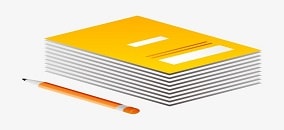Updated On - January 15th 2024, Updated By - Aksh
Info
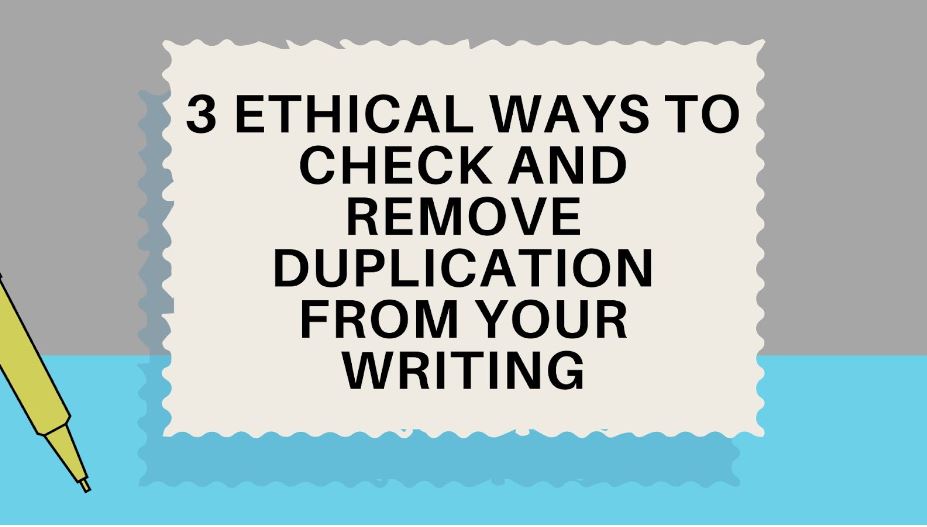
Duplication also commonly referred to as “Plagiarism” has become a concern for everyone who deals with content. Duplication in writing is when a writing piece or even entire content exactly matches an already existing one either intentionally or unintentionally.
It can have severe consequences. For instance, students may face suspension or loss of grades due to plagiarism. Whereas bloggers may face damaged reputations or even lawsuits. Due to these consequences, it is necessary to avoid duplication or plagiarism in your writing as much as you can.
But the question here is how you can know whether your writing is plagiarized or not. Don’t go anywhere because in this article we are going to explain three ethical ways through which you can check duplication in the writing.
Along with this, we will also explain three ethical ways through which you can efficiently remove plagiarism from your writeups. So, without discussing any other thing, let’s head toward the ways.
How You Can Check Duplication in Your Writing – 3 Ways
Below are three legal ways through which you can check your writing for any kind of plagiarism.
1. Manually Search On Google:
You can check your writing for duplication by searching it on a search engine like Google. Let us explain how this way will work in detail.
Firstly, you have to copy multiple sentences (not more than two due to the search limit) of your writing and paste them into the Google search using inverted commas. If the search engine provides exact match results against your search sentences, then this will be a clear indication that they are duplicated/plagiarized.
On the other hand, if the search engine does not provide an exact match or no results against the search. Then, this means, your searched sentence is unique.
In order to provide you with a better, we have copied multiple sentences from our own article and searched them on Google. Take a look at the attachment to see what output results we got.

As you can see in the picture above, the search engine has provided the same website from which we have copied the sentences.
So, this is the very first way that you can take to determine whether your writing is duplicated or not. However, it is important to note that this will require a lot of time and effort because Google has a 32-word limit for search terms. This means you have to search each sentence of your writing one by one which will definitely take a lot of your valuable time and effort.
2. Get Help From A Plagiarism Checker
Utilizing plagiarism checkers is the recommended way to check your writing for any instances of plagiarism. There is a huge variety of plagiarism detection tools available on the internet. These tools work by comparing the given writing with millions of internet resources to find the smallest instances of plagiarism.
If any instances are found, the tool will highlight them along with their matched source. So that users can efficiently remove them. To provide a demonstration of all this, we have checked the same text that was in the above with the help of an online plagiarism checker. The output results tool provided can be seen in the picture attached below:
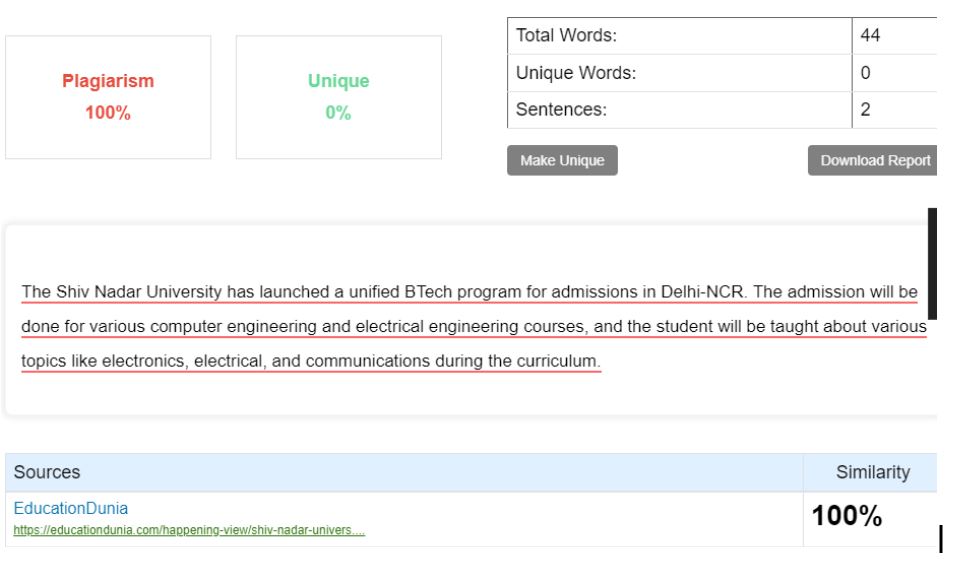
As you can see, the plagiarism detection tool has accurately detected the given sentences as 100% plagiarism which is true as they were copied. So, this is how users can quickly and effectively scan writing to find duplication.
3. Citation Analysis
Citation analysis is the final ethical way through which you can check for plagiarism in your writing. This way is especially recommended for those users who use external sources in their writing.
There are numerous platforms or websites available on the internet that allow you to perform citation analysis. These sites/platforms ask you different things such as name, email, and other data about cited sources. After this, these will provide you with the correctly cited output results that you can match with your sources to ensure they are accurately cited or not.
To provide you with a better idea, we have used a citation checker by Google Scholar. The tool asks users multiple things that can be seen in the attachment below:
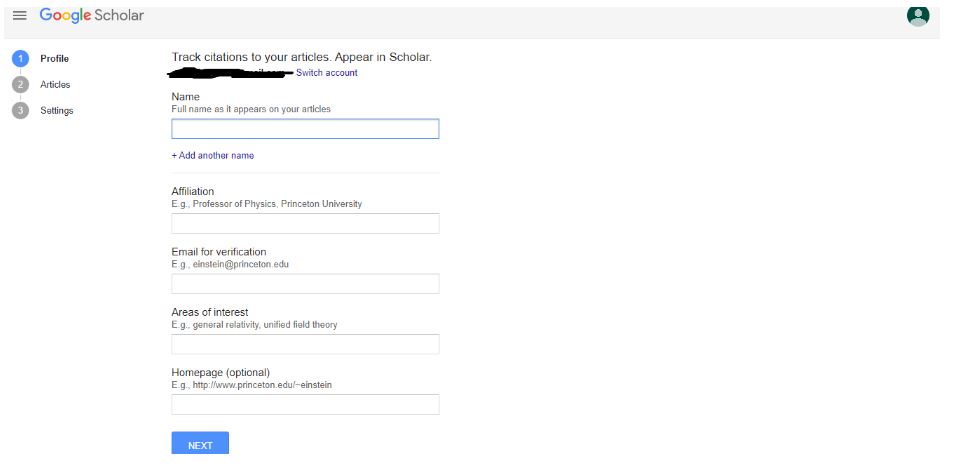
So, these are some ethical ways through which you can check your writing for duplication.
How You Can Remove Duplication from Your Writing – 3 Ways
Below are the three ways through which you can efficiently remove plagiarism from your writing.
1. Rewrite In Your Own Words:
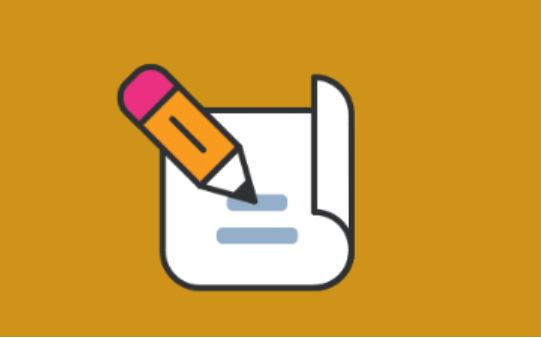
If your writing matches with someone else, you should rewrite the matched sentences or paragraphs.
For this, you first have to understand the meaning of the text that you will be rewriting. After understanding, you can start the rewriting process by making multiple changes to the plagiarized text. The changes you need to make will be:
- Replacing words and phrases with their contextually appropriate synonyms.
- Rearranging words within the sentences (alteration of sentence structure).
- Breaking lengthy sentences and joining too short sentences.
- Eliminating overused or unnecessary words.
Making these changes in duplicate pieces of writing will break the pattern of plagiarism, resulting in 100% unique content.
2. Quoting The Sources:
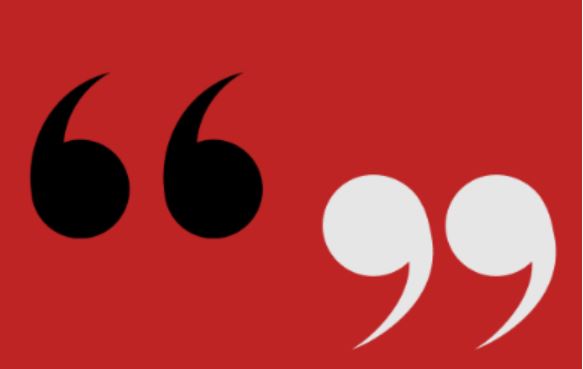
This is yet another legal way through which you can remove duplication from writing. Quoting refers to a process of inserting commas both at the start and end of the writing that matches an external source.
Just adding commas will not be enough, you will need to give credit to the original creator. For this, you can use phrases such as “According to,” “Stated that,” etc.
However, it is important to note that, if your writing is too plagiarized, then quoting is not the way you should go. You have to rewrite those writing pieces to make them unique.
3. Citing Sources:

Citing sources is almost similar to quoting the sources. It refers to giving credit to the original author or creator whose information you have used in your writing. In order to give credit, you have to add citations or references in the content to indicate the original source for readers.
This act will show others that you have performed research to gather useful information and also given credit to the original creators’ work that you have used in your writing. And we all know that plagiarism or duplication occurs when you pretend someone’s work is your own.
So, these are three ethical ways through which you can effectively remove duplication from your writing.
Final Words
Duplication or plagiarism is becoming a growing concern because there is already a lot of information regarding every topic available online.
Along with this, duplication in writing can result in severe consequences such as a damaged reputation, penalties, etc. In this article, we have explained 3 ethical ways of both checking and removing plagiarism from your writing.


